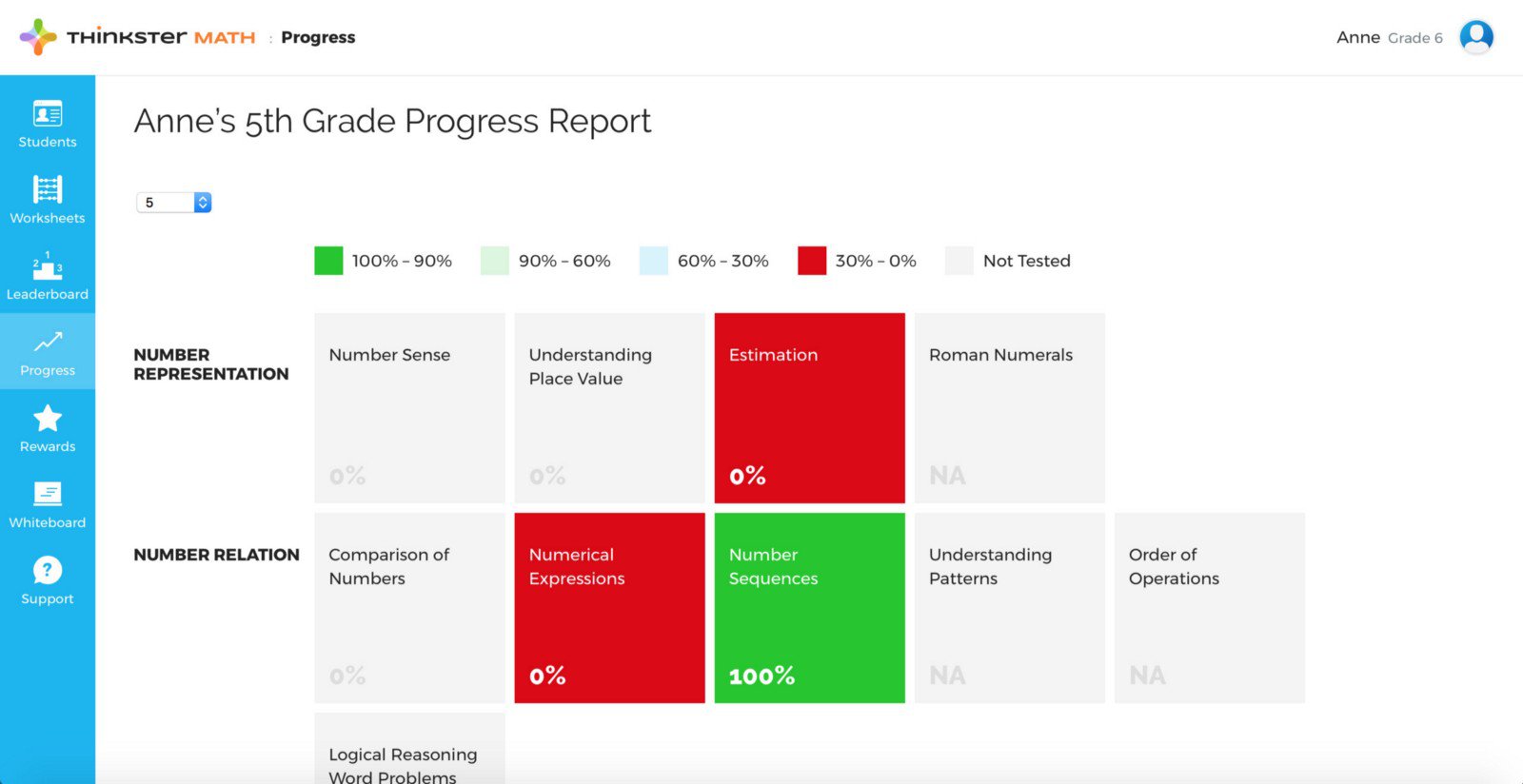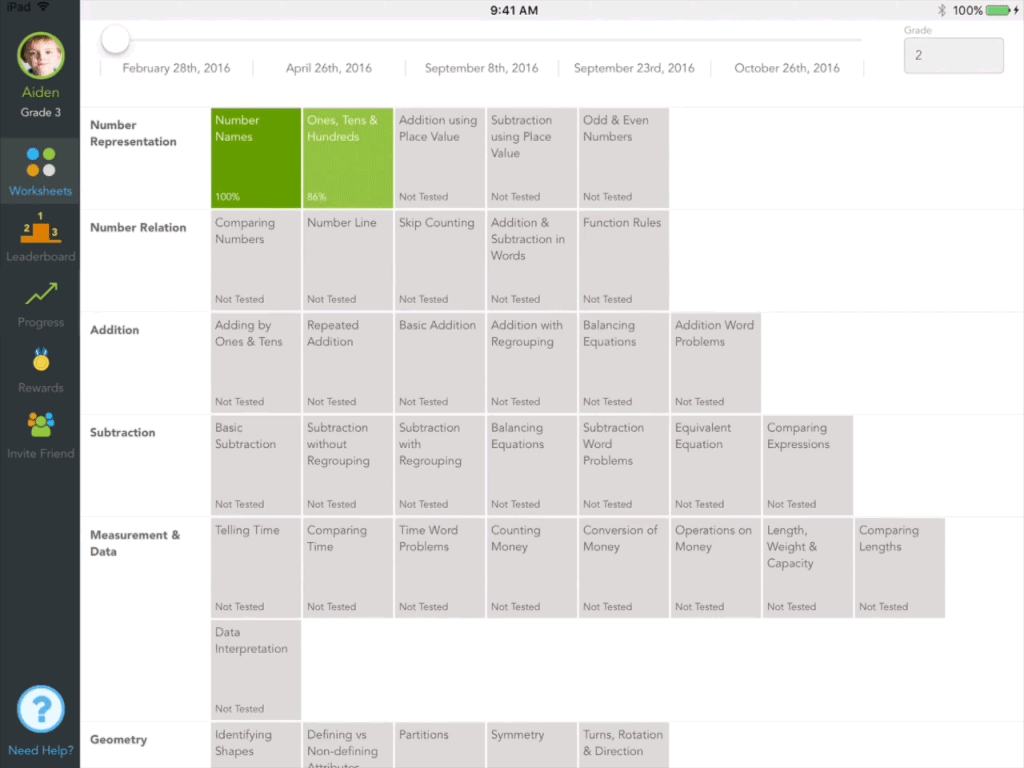

Last Updated on August 31, 2021
The whole world is going for personalization.
Personalization of what you should be learning, of emails sent to you, of the food that is being served to you, of the way a website responds to you. I can keep going.
What is personalization?
The ability to customize your experience with the things you see, interact, and do — so that what is being delivered is customized just for you.
Or, is it?
I view personalization as not being just the delivery of things — tutoring, food, website content, or whatever.
What is the benefit of someone personalizing your experience if you do not resonate with it?
If you do not resonate with it, then what is the point?
We frequently come across this in the tutoring space. There are many fine companies out there that do an outstanding job of personalization. Of personalizing the content that a student is expected to consume, so that they can have better learning outcomes.
But does personalizing the delivery of content also accelerate learning?
Why acceleration? Because, by improving the speed of learning, you are effectively shrinking the time it takes someone to get expertise over a particular body of knowledge!
But one key component is missing here. Time.
Time is a critical metric that matters when you think about acquisition of knowledge. If I took just one month to gain proficiency in the entire 8th grade math content as a middle school student, then I am pretty close to being a genius. If I took three years to cover the same material, you know what you will think of me 🙂
So, time matters. Personalization alone does not!
The theory is that, by personalizing the delivery of content to a student, we can also accelerate his/her learning. But are we really measuring learning outcomes over a period of time? Do we have an auditable process to measure this? This is where many companies fail.

As you can see above, at Thinkster Math, we do this routinely. We provide a snapshot of a student’s progress report by topic and concept within each topic. This is a personalized report for each student. But we do not stop here. We also add a time component to this report. See below for the Dynamic Progress Matrix!

As you can see above, our Dynamic Progress Matrix is able to show auditable performance improvement over time in specific topics and concepts for every student. You can clearly see that performance improvement over time, dynamically generated, is the foundational basis for showing this report. This kind of transparency helps parents, students, and our teacher’s track how quickly and well enough our students learn math.
Do we stop here? By showing a personalized report, showing dynamic changes over time by itself, is it capable of improving learning outcomes?
Not in our opinion!
These kinds of progress reports are like the route you took on Google Maps to reach your destination. It does not show how well you drove and what specific steps you took to make an improvement in your driving performance. It does not show if you were guided in your improvement efforts.
Our tutors look at the dynamic progress report and then find out what specific areas of improvement is needed for each child. They can do this simply by clicking on one of the colored tiles within the Progress Matrix. It not only tells them which worksheets and which problems were challenging for each student, but also what specific worksheets within each topic and concept needs to be assigned to a particular student to accelerate his/her learning. We make this data available to our parents as well, as you can see below.

We live in a data driven economy. People want objective data that enables them to identify areas of strengths and weaknesses. It allows them to make decisions that are not based on conjecture or hypothesis, but based on data that provides directional insight that helps change behavior. It’s this behavior change that provides the opportunity for performance improvement.
After all, if you never got a speeding ticket for driving, even though you do drive above speed limits, then where is the opportunity to correct behavior?
Personalization is a necessary condition for successful learning outcomes. There is no contest. It is not just a sufficient enough condition for improved learning outcomes.
Just curious, what other methods have you come across that accelerates learning?


